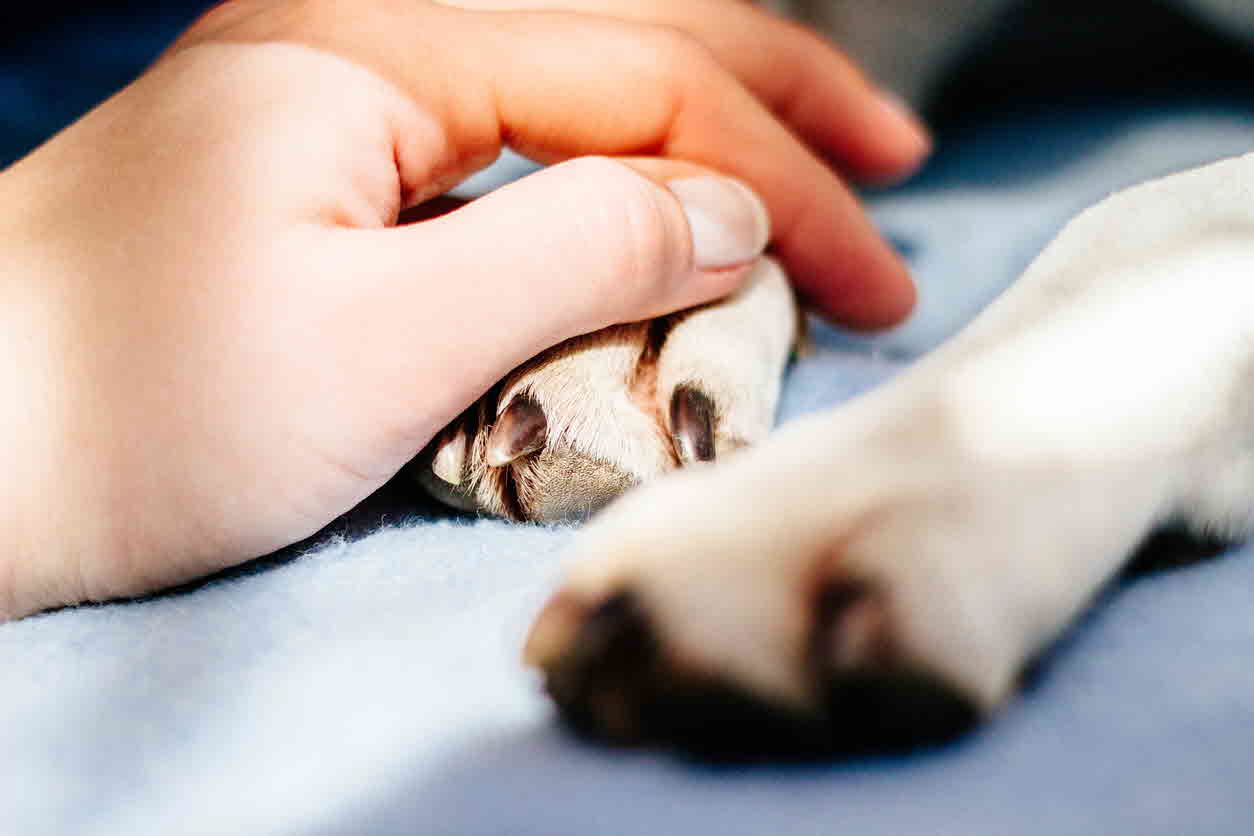A look at pet euthanasia

Losing a pet is always hard. Sometimes we have to make difficult decisions on our pets’ behalf, and arguably one of the hardest decisions to make is euthanasia. Deciding when is the right time to say goodbye can be heart-wrenching, and often emotions are running high.
The decision to euthanise a pet should always be made in partnership with your veterinarian. Read more to learn about what euthanasia is, why it is used and how to cope after your pet is gone.
What is euthanasia?
Derived from Greek words meaning ‘good death’, euthanasia is the act of ending a life painlessly. It is generally used to end pain and suffering.
In veterinary medicine, euthanasia is performed by veterinarians to end the lives of pets with severe illnesses or injuries with no realistic prospect of recovery. Euthanasia is an important aspect of veterinary care, as it means pets don’t have to suffer needlessly and it's very important to ensure good animal welfare.
Pets have the capacity to suffer immensely before dying naturally, which results in very poor animal welfare. Euthanasia allows us to intervene before it gets too bad and ensure animals have a good quality of life.
Euthanasia can be conducted by a veterinarian in your home or in the clinic. Dogs and cats can be euthanised at home, but other species like rabbits, mice, birds, fish and reptiles should be done at the clinic. For dogs and cats, many veterinarians will give a sedative first, either orally or via injection, before commencing the euthanasia procedure. This helps your pet stay calm during the process.
Next, your veterinarian will shave a small patch of fur off your pet’s leg. Usually, they will then insert a catheter into this leg, which gives them access to your pet’s vein. At this point, you can spend some time saying goodbye.
When you are ready, your veterinarian will inject an overdose of an anaesthetic agent through the catheter. Within a couple of seconds, your pet will be asleep, and then their heart will stop.
How to cope after your pet has been euthanised
It is normal to experience grief after losing your pet. Some people may experience guilt as well if they’ve had to euthanise their pet. These are normal emotions to feel after losing a pet.
Memorialising your pet after they’ve gone can often help with the grieving process. A burial in your backyard or at the local pet cemetery, cremation and spreading of the ashes in your pet’s favourite place or conducting a little memorial service for your family can all help you cope after your pet’s gone.
Remember to allow yourself some time to deal with these emotions and seek professional help if needed. There are specific pet grief counselling services as well as general counselling services available which you can find online to help you through the process.
